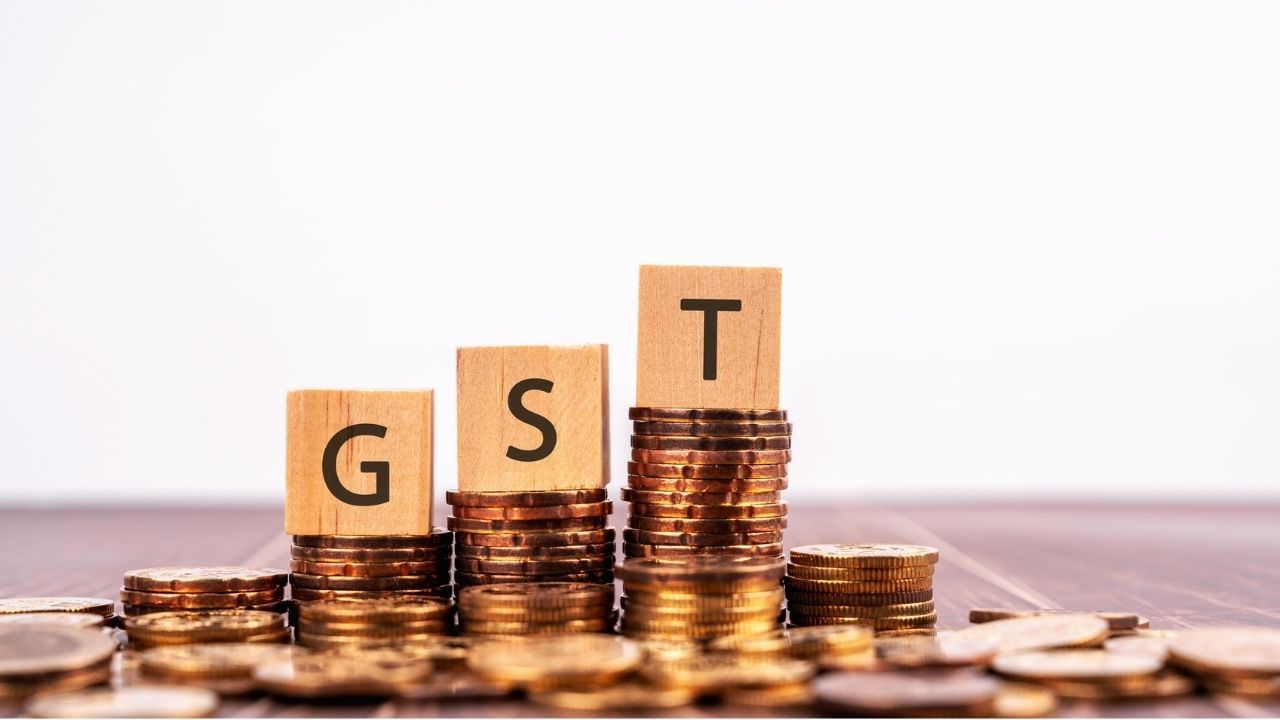New Delhi: The proposed overhaul of the goods and services tax (GST) regime, as announced by Prime Minister Narendra Modi in his Independence Day speech, is expected to significantly reduce the effects of the US tariffs on India, suggests a recently published report.
A week ago, QuantEco Research surveyed 15 economists, 67 per cent of whom said that the proposed GST concessions would give some relief from the impact of higher duties imposed by the Trump administration.
“Combined with the reduction in income tax announced in the Budget, the GST cuts will be a medium-term positive to spur consumption-led growth,” the research said.
The US government earlier imposed a 25 per cent reciprocal tariff on Indian Goods, which would double up to 50 per cent, coming into force from August 27. The additional 25 per cent was announced by Trump as a penalty on India for buying and reselling Russian oil.
Last week, a group of ministers approved a two-rate GST structure, after which 90 per cent of the items in the 12 and 28 per cent slabs will be transferred to lower brackets. The final call on this two slab change will be taken by the GST Council, which would meet on September 2-3.
In his Independence Day speech from the Red Fort, PM Modi proposed the GST reform, calling it a “Diwali gift”. He said that the reform will reduce the price of everyday items significantly and will give a new boost to the economy.
As per a Moneycontrol analysis, about 10 per cent of the consumption items of the basket will get cheaper. This, according to economists, could reduce headline inflation by 50-60 basis points over the year.
Arun Singh, global chief economist at Dun & Bradstreet, said, “GST cuts can provide a short-term boost to domestic demand, helping India partially offset the negative impact of US tariffs on exports. However, the relief on GDP would be limited, as GST cuts cannot fully compensate for export losses and may strain government revenues.”
